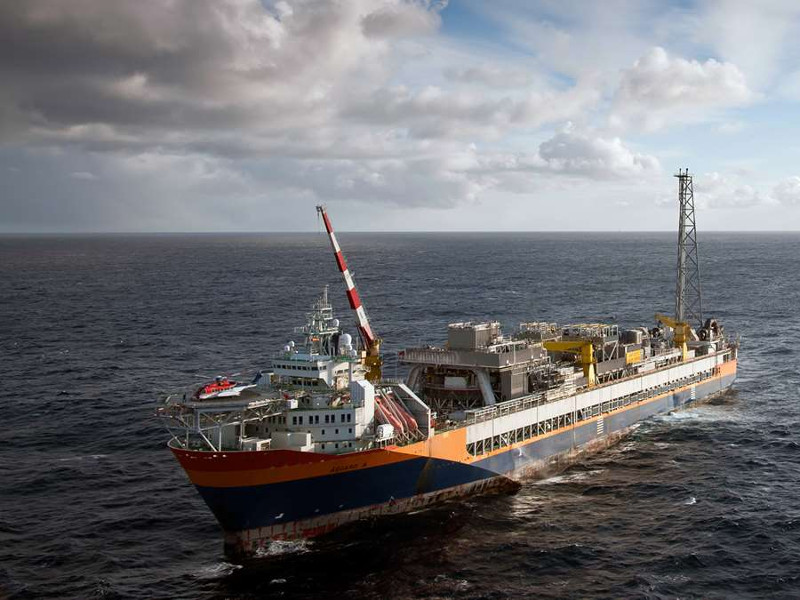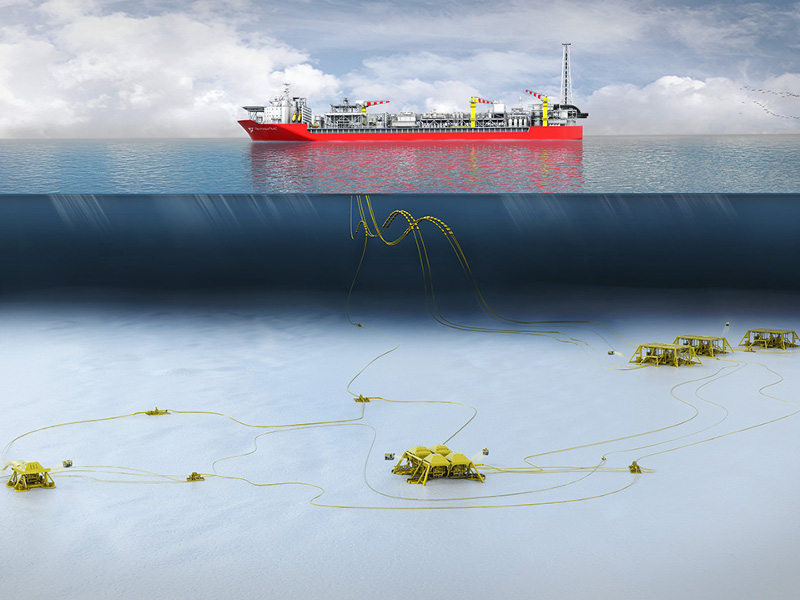Trestakk is an offshore oil and gas field located in the central Norwegian Sea, approximately 25km south-east of the Åsgard field.
Equinor (formerly Statoil) is the operator and holds 59.1% stake in the field, while the other co-owners are ExxonMobil (33%) and Vår Energi (7.9%).
Trestakk is being developed as a subsea-tie-back to the existing Åsgard A production vessel, with an estimated investment of Nkr4.8bn ($548m).
The field is estimated to hold 67 million barrels of oil and 1.4 billion cubic meters (bcm) of gas in recoverable reserves.
Project Gallery
-

The Trestakk field is developed through subsea tie-back with the Åsgard A production facility. Image courtesy of Aker Solutions.
-

First oil from the Trestakk field is expected in 2019. Image courtesy of Equinor ASA.
-

The Trestakk filed development comprises three production wells and two gas injection wells. Image courtesy of TechnipFMC plc.
The plan for development and operation (PDO) of the offshore project was submitted to Norwegian Ministry of Petroleum and Energy in November 2016, which was approved in April 2017.
The Norwegian Petroleum Directorate (NPD) granted permission for start-up of the Trestakk field in May 2019. First oil from the field is expected in 2019.
Trestakk field location, discovery, and reservoir details
The Trestakk field is located in 300m-deep waters in block 6406/3 under PL091 production license of the Norwegian Continental Self (NCS).
The field was discovered by the 6406/3-2 wildcat exploration well in the Halten Bank area of the Norwegian Sea in 1986. The drilling of 6406/ 3-4 appraisal well in 1987 further confirmed the reservoir productivity.
The Trestakk field reservoir lies at 3,900m beneath the seabed and comprises Middle Jurassic sandstones of the Garn Formation.
Trestakk field development details
The Trestakk oil and gas field development comprises a subsea template with four well slots and an additional satellite well tied-in to it. Out of the total five wells drilled for the Trestakk field, three are production wells and two are gas injection wells. Oil recovery at the field is to be carried out with the pressure support through gas injection.
The subsea installation of the field is tied-back to the Åsgard A production facility, with the well-stream from Trestakk connected to the Åsgard A floating production storage and offloading (FPSO) vessel through a 12in-diamter production pipeline.
The processed oil and condensate will be temporarily stored at the Åsgard A facility before being shipped through shuttle tankers, while the produced gas will be transported to the Karsto terminal through the Åsgard Transport System (ATS).
Åsgard A FPSO details
The permanently moored Åsgard A FPSO vessel has been operating since May 1999 at the Åsgard oilfield located approximately 200km offshore Trøndelag, Norway.
Built and delivered by Aker Solutions, the 287m-long monohull FPSO vessel has a displacement of 184,300t.
The Åsgard A FPSO can produce up to 200,000 barrels of oil and 840 million metric cubic feet (Mmcf) of gas a day. The oil storage capacity of the vessel is 907,000 barrels.
The tie-back of the Trestakk oil and gas field is expected to extend the operational life of the FPSO to 2030.
Contractors involved
TechnipFMC was awarded the integrated engineering, procurement, construction, and installation (EPCI) contract for the Trestakk field development in November 2016.
The scope of the contract included the design, supply as well installation of flexible riser, production flow-line, gas injection line, flexible jumpers, umbilicals, and the subsea production system that includes subsea trees and completion system, a manifold, wellheads, and subsea and topside control systems.
TechnipFMC was also awarded the front-end engineering and design (FEED) study for the field development in February 2016.
Aker Solutions was awarded the contract for the Åsgard A topside modification work for the Trestakk field tie-back in November 2016.
